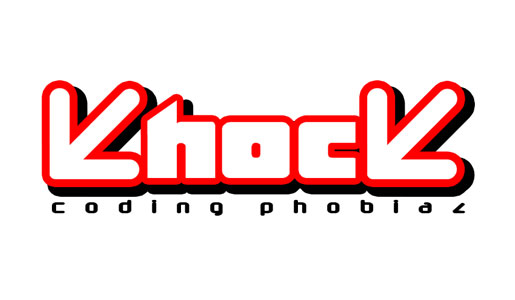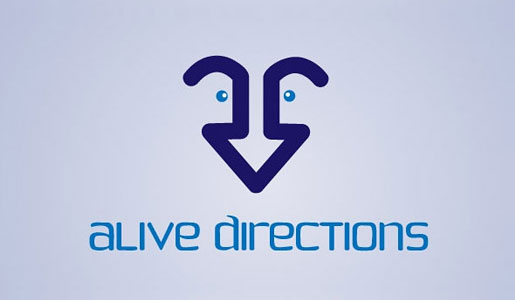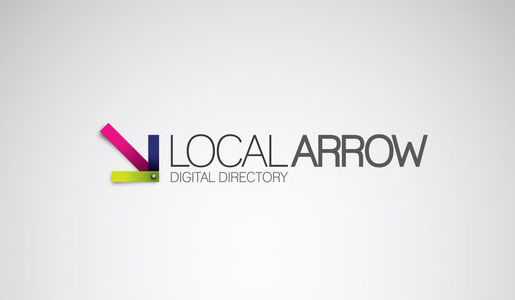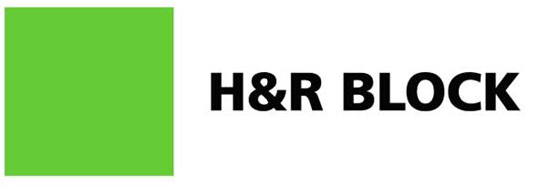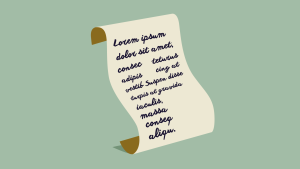5 Shapes, Symbols, and Concepts to Avoid in Your Brand
Have you ever found yourself in a brand design project that has taken on a life of its own and you’re just along for the ride? Well I have, and it can be a frustrating experience, especially if your clients or colleagues are passing on obvious opportunities for improvement and overlooking significant mistakes.
In some cases, the client has an old logo that they just want me to “clean up” or “update” — this is rarely as effective as building a completely new brand, and ironically, it’s often harder. In other cases, you have so many hands in the pot and so many ideas rushing around that it’s impossible to get any kind of consensus — this tends to end up with hodge-podge design work that stitches everyone’s different ideas together into a “frankenbrand” monstrosity.
Regardless of how you end up in these overwhelming situations, there are a couple of ways that you can present your concerns in a rational, logical way that business people can understand. I’ve found that it helps to both visually illustrate their mistakes as well as articulate exactly what’s wrong from a business perspective. So, here are some classic issues that I’ve seen crop up consistently in branding and logo design, as well as my methods for leading the client toward a more focused, effective brand.
Negative Impact Message
Whether by accident or just by lack of observation, sometimes logos get designed with shapes that create a negative impression of the brand on a subconscious level. My favorite (or rather, least favorite) is the downward or backward facing arrow. Why would you want an arrow pointing downward for your brand when you want to help customers progress and improve their lives? Here are a few that I’ve seen across the Internet that are similar to designs that have come across my desk:
These aren’t poorly-implemented logos in terms of functional design, it’s just that they’re pointing in the wrong direction. Even the Local Arrow concept isn’t perfect, because the downward arrow is far more recognizable than the idea of pointing to a map location.
These details are important, because more and more, logos are becoming the only brand identifier. Consider social media — Twitter, Facebook Pages, and Google Plus — the logo is often the only visual representation of the brand. Don’t let it (literally) take your clients in the wrong direction.
While I’m talking about arrow-based errors, here’s an internationally recognizable arrow implementation that’s subtle and carries positive connotations for the brand:
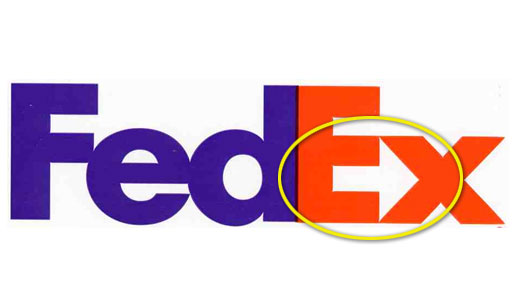
Isolating Customers
Another common problem with logo designs and small businesses is that they sometimes try to incorporate shapes and designs that are laden with connotations that isolate potential customers for no good reason. My favorites are the fish and the rainbow.
It just stands to reason, why would you intentionally limit your customer base? Why include a symbol that causes strong reactions in many people when the goal is to welcome customers — all potential customers — to your business?
Granted, there are many business owners who feel very strongly about certain causes. If they want to incorporate symbols into their logo for personal reasons, then it’s their decision to make. But, it’s my job to help the brand communicate a specific business message, and if certain symbols distract, I have an obligation to speak up.
Here are a few that, in my opinion, unnecessarily distract from the primary business of the brand:
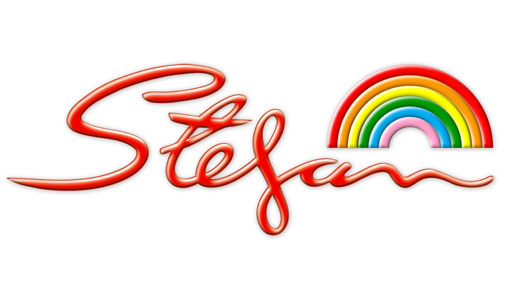
A real estate firm logo
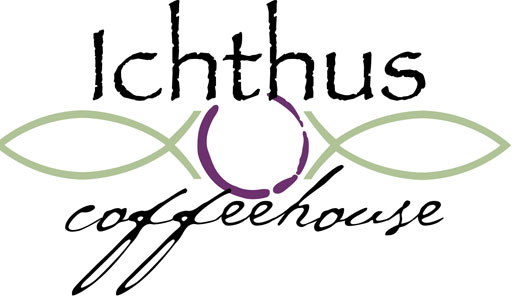
A coffee house logo
Irrelevant to Industry
Some industries have a consistent theme in their logo designs. From research companies to retail to restaurants — there are patterns, and logo design can tap into these subconscious themes to help connect customers with the brand’s core value.
Whether it’s incorporating the research-esque “swoop” or a house into real estate logo, the point is to find these patterns and creatively, subtly (if possible), integrate them into your design. But what happens when it goes wrong?
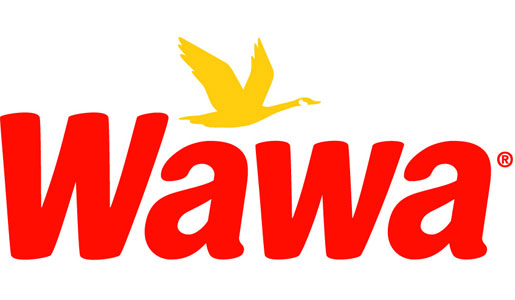
A convenience store logo.
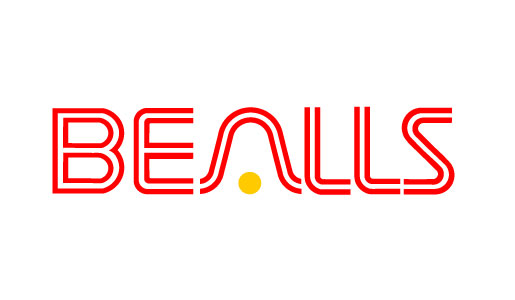
A clothing store logo.
These logos, as do many, do not communicate anything substantive to the viewer in terms of their industry or their products and services. Why? Why, I ask?!
Inconsistent Message
Another problem that develops is that of an inconsistent message. Sometimes, the logo and the brand just don’t jive. This can happen when you try to force a particular visual idea — such as using an old logo design or a certain visual concept that simply doesn’t fit the brand.
Classic example: crest logos. Schools, breweries, and certain upscale retail products fit wonderfully with crest logos. But, there are plenty of organizations that shouldn’t use intricate crest designs as their logos:
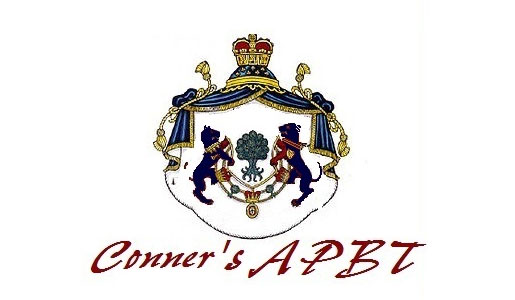
This is a dog kennel logo — a dog kennel, people.
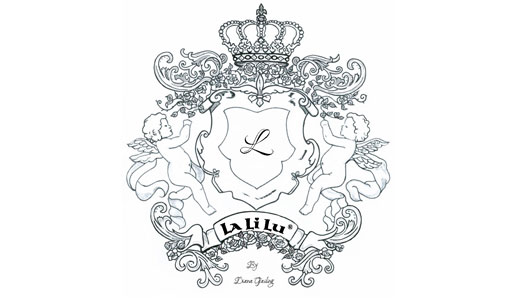
A child’s clothing manufacturer — could you have guessed?
If you think these are exceptional, think again. I’ve had many ill-fitting logos come across my desk, and I’ve been told to just “update it a bit.” I usually have to scrap it and start over.
Another common problem is that of absolute genericism — when something is so bland that it can’t possibly stand out. My favorite example is a certain popular national tax accounting firm:
I can think of few ways to make something more generic looking — it would be a challenge, actually to make this more bland. When you look at a logo, it should inspire and help the consumer connect your brand with certain ideas and concepts.
Flagrant Screwups
Then, you have the fatally flawed logos that make it out the door. I make it my personal responsibility to interpret all logos as vulgarly as possible! If I can help prevent a major misinterpretation like some of these, I’ve done my client a great service:
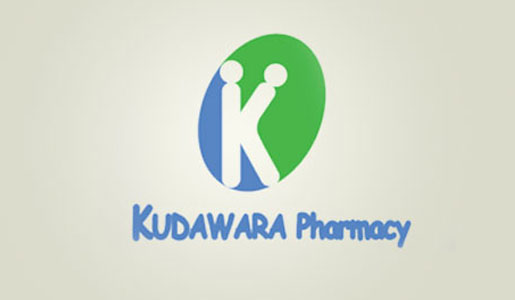
What does that look like to you?
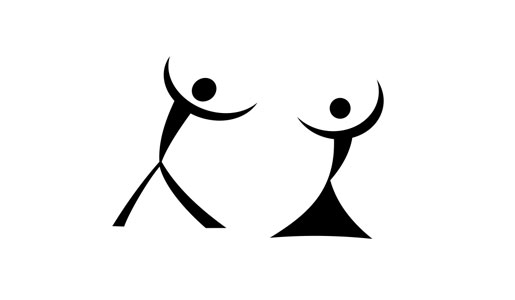
It’s a logo for a Jazz dance studio…do you see the problem? Think about negative space…
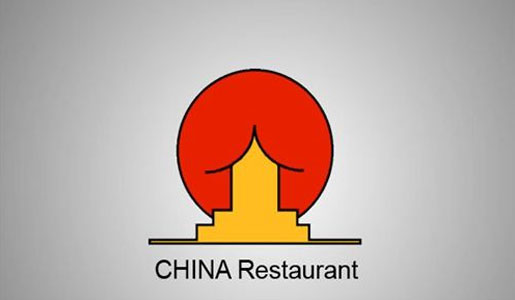
The logos above attempted to connect a graphic with their business, and the initial ideas were good. They just missed some serious misinterpretations. The rest of the above examples show just how many logos are out there that don’t immediately connect the brand to the product. Whether it’s a crest logo that doesn’t really say anything and will be hard to reproduce, or just a logo that doesn’t fit the company because the industry has straightforward brand patterns, you may find yourself in the situation where you have to recommend a completely different idea to the client.
Don’t be afraid to come to the table with new ideas in these situations. Don’t just tell them what they have is bad — show them some a couple of new concepts. Maybe you’ll find that they prefer yours.
Have you come across any branding headaches with your clients? Would you let a flawed brand go through the approval process, or do you feel obligated to point out problems, even if your observations go against client wishes?
Frequently Asked Questions (FAQs) about Branding Symbols and Concepts
Why should I avoid certain shapes, symbols, and concepts in my brand design?
Certain shapes, symbols, and concepts can have negative connotations or be associated with controversial issues. Using these in your brand design can inadvertently send the wrong message to your audience, potentially damaging your brand’s reputation. It’s crucial to research and understand the meanings behind different symbols before incorporating them into your brand.
What are some common symbols to avoid in branding?
Some common symbols to avoid include the swastika, which is associated with hate and racism, and the arrow, which can be seen as aggressive or offensive. Other symbols to avoid are those that are overly complex or difficult to understand, as they can confuse your audience and detract from your brand’s message.
How can I ensure that my brand’s symbols are culturally sensitive?
To ensure cultural sensitivity, it’s important to research the meanings of symbols in different cultures. This can help you avoid using symbols that may be offensive or inappropriate in certain cultures. Additionally, consider consulting with cultural experts or conducting focus groups with diverse audiences to gain a better understanding of how your symbols may be perceived.
Why is simplicity important in brand design?
Simplicity in brand design makes your brand easily recognizable and memorable. Complex designs can be confusing and difficult to remember, which can hinder brand recognition and recall. A simple, clean design can effectively convey your brand’s message and values without overwhelming your audience.
How can I create a unique and effective brand symbol?
Creating a unique and effective brand symbol involves understanding your brand’s values and message, and finding a simple, memorable symbol that effectively conveys these. It’s important to avoid cliches and to strive for originality. Consider working with a professional designer who can help you create a symbol that is unique to your brand and resonates with your target audience.
Can I use popular symbols in my brand design?
While it’s possible to use popular symbols, it’s important to ensure that these symbols align with your brand’s values and message. Using popular symbols without a clear connection to your brand can confuse your audience and dilute your brand’s identity.
What are some examples of successful brand symbols?
Some examples of successful brand symbols include the Nike swoosh, the Apple logo, and the McDonald’s golden arches. These symbols are simple, memorable, and effectively convey the brand’s values and message.
How can I test the effectiveness of my brand’s symbols?
You can test the effectiveness of your brand’s symbols through market research, such as surveys and focus groups. This can provide valuable feedback on how your symbols are perceived by your target audience and whether they effectively convey your brand’s message.
Can I change my brand’s symbols over time?
Yes, it’s possible to change your brand’s symbols over time. However, it’s important to do this carefully to avoid confusing your audience and diluting your brand’s identity. Any changes should be clearly communicated to your audience and should align with your brand’s values and message.
What are some resources for learning more about brand design and symbols?
There are many resources available for learning more about brand design and symbols, including design blogs, online courses, and books on branding. Additionally, working with a professional designer or branding consultant can provide valuable insights and guidance.
Tara Hornor has a degree in English and has found her niche writing about marketing, advertising, branding, graphic design, and desktop publishing. She is a Senior Editor for Creative Content Experts, a company that specializes in guest blogging and building backlinks. In addition to her writing career, Tara also enjoys spending time with her husband and two children.


